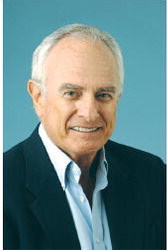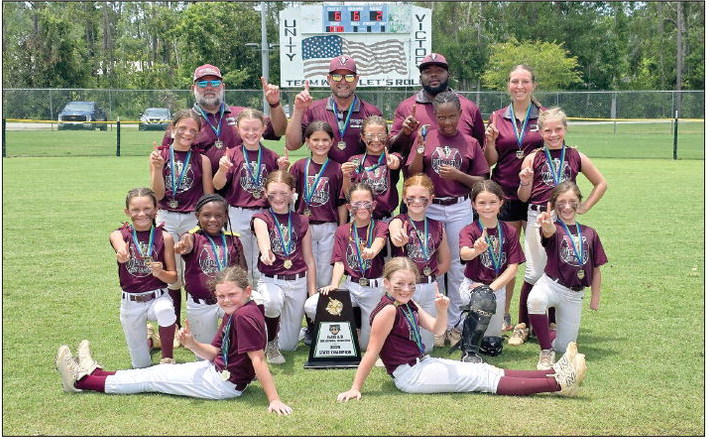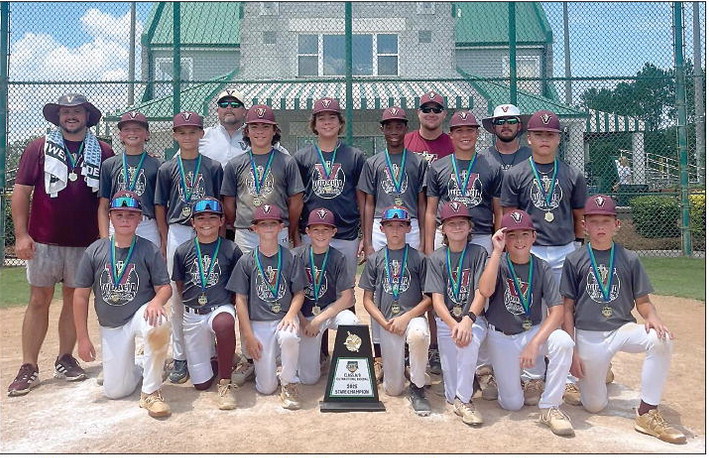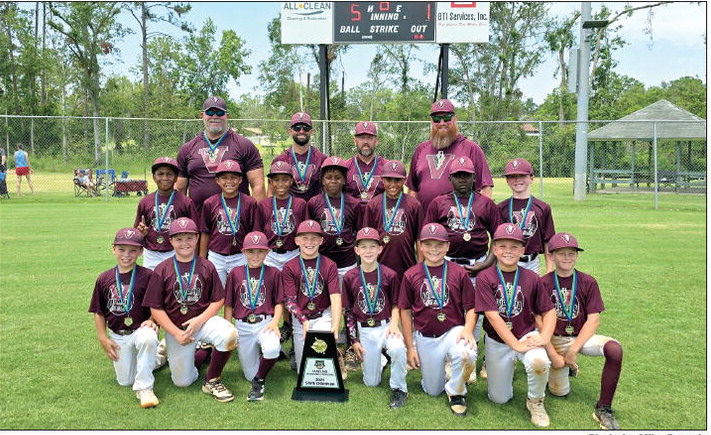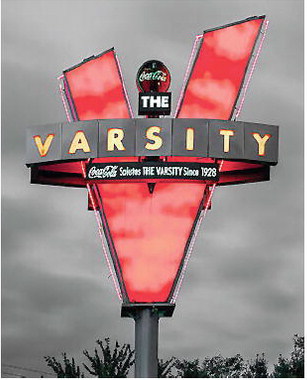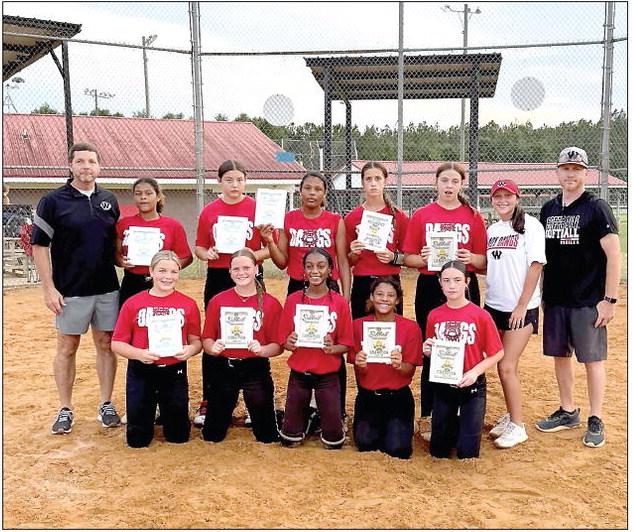Smith
Loran
Reflections on VJD
You may be familiar with Great Southern Wood Preserving, the lumber processor in Abbeville, Alabama. The producers of a popular building product, “Yellawood,” Great Southern is owned by Jimmy Rane, a college football aficionado who arranged for his company to sponsor football coaches shows for many years. He holds an annual golf outing and banquet for coaches and athletes each spring. The late Pat Dye of Auburn and Alabama’s Gene Stallings became members of his corporate board. Rane has a Foundation whose purpose is to provide scholarships to kids across 28 states. Its corpus now exceeds $6 million dollars.
With friends in the coaching ranks, his annual golf outing is a popular event. On occasion he will honor one of the profession’s iconic coaches. He began with Stallings, who lives on an 800-acre ranch, near Powderly, Texas, which is five miles south of the Red River, the boundary between Texas and Oklahoma.
A few years later, he came with a similar evening of recognition for his friend and ally, Pat Dye, who passed away in June 2020. Last week, Great Southern honored Vince Dooley.
The Great Southern tribute brought about reflections from one speaker who finds the former Bulldog coaching icon to be more than a football coach. He is a historian, author, master gardener, fisherman, researcher and lecturer. Being a historian, he allowed recently how cheerleading began.
If you are up on your history, you are aware that when Lady Godiva made her protest against what she considered an unfair tax in the eleventh century, she rode her horse nude through the streets of Coventry, England. Vince, known for his passion for research, following an exhaustive search, discovered that she happened to have ridden her horse side-saddle. This caused the people of the side of the street who faced her to begin yelling, “Hooray for our side.”
Vincent Joseph Dooley grew up on the waterfront in Mobile, a depression- born kid of Irish and Italian descent. He learned how to fend for himself as a kid and took to sports naturally. He was particularly good at basketball and football. He had the good fortune to have gotten direction in his life from the sisters and brothers at the McGill Institute in Mobile, teachers who gave of themselves for the kids who came their way.
Vince went to Auburn on scholarship to play both basketball and football, but he preferred basketball in his early years. It was his best friend Bobby Duke, who refused to let Vince sleep in on the first day of August football practice his junior year in high school. Duke rousted him out of bed and thereby “saved” Vince’s football career.
Vince was a good student because he enjoyed learning and was particularly attractedtohistory. Thatiswhy continued from page
it was nothing of a surprise when, with enterprise and due diligence, he earned a Master’s Degree in history at Auburn while a member of Coach Shug Jordan’s coaching staff.
When Joel Eaves hired him in Athens, once Vince got settled, he went over to the Main Library to become familiar with its surroundings. It bowled over the gentleman director of the Library, Porter Kellam, who was flabbergasted that the head football coach had come the library’s way. I wrote a story about the commotion Vince had caused on North Campus among the learned professors and administrators. It was picked up by the Associated Press and distributed on their Southeastern wire. Frank Howard, the colorful Clemson coach later told me to give Vince a message. “Tell Doooley,” Coach Howard drawled, “that the library will be a nice cool place for him to hide when the alumni get after his… ”anatomy.” When Vince arrived in Athens, things were not good. Georgia had fallen on hard times. Facilities had become nondescript, there was no money in the bank, losing big games became the norm. There had been one bowl invitation in 14 seasons. There was disharmony among the alumni and doom saying was an everyday topic around town.
Vince and Joel Eaves, who hired him, kept to themselves, rolled up their sleeves and went to work. Appling energy, good sense and the underscoring of the work ethic and fundamentals, they reversed the trend in Athens.
Vince was as fundamentally sound as any coach in America. Right away, he and his coaching staff played an exciting brand of football, underscoring defense, running the football and emphasizing the kicking game.
Within five years there were four bowl invitations and two SEC titles. Season ticket sales zoomed upwards with alacrity. Afterthree seasons of Dooley ball, the stadium was decked. Sanford stadium was the place to be on Saturday afternoons in the fall.
Vince elevated Georgia football to a new level, winning games, competing for championships and seeing the Bulldogs enjoy national rankings. He restored the prestige of Georgia football.
After a quarter century, Vince had won 200 games, 6 SEC titles and the 1980 national championship. He won practically every coaching award that existed. A great portion of that time, he also served as Georgia’s athletic director, upgrading facilities across the board and developing a strong overall athletic program that ranked Georgia among the best in the country.
This parting shot. Vince is the only football coach in history to be invited to speak at both touchdown clubs and garden clubs. If he were coaching today, he wouldn’t have time to garden and spend time at the library, which is a little sad. But Barbara would be excited to make the monthly deposits from the salaries they pay coaches today.
Vince, a nonagenarian to be, in recent years kept a quote at his desk at home from the great Michelangelo, who said on his 87th birthday, “I’m still learning.” When Vince becomes a nonagenarian in September, he can quote the famous Renaissance artist/ sculptor. He will still be learning.



